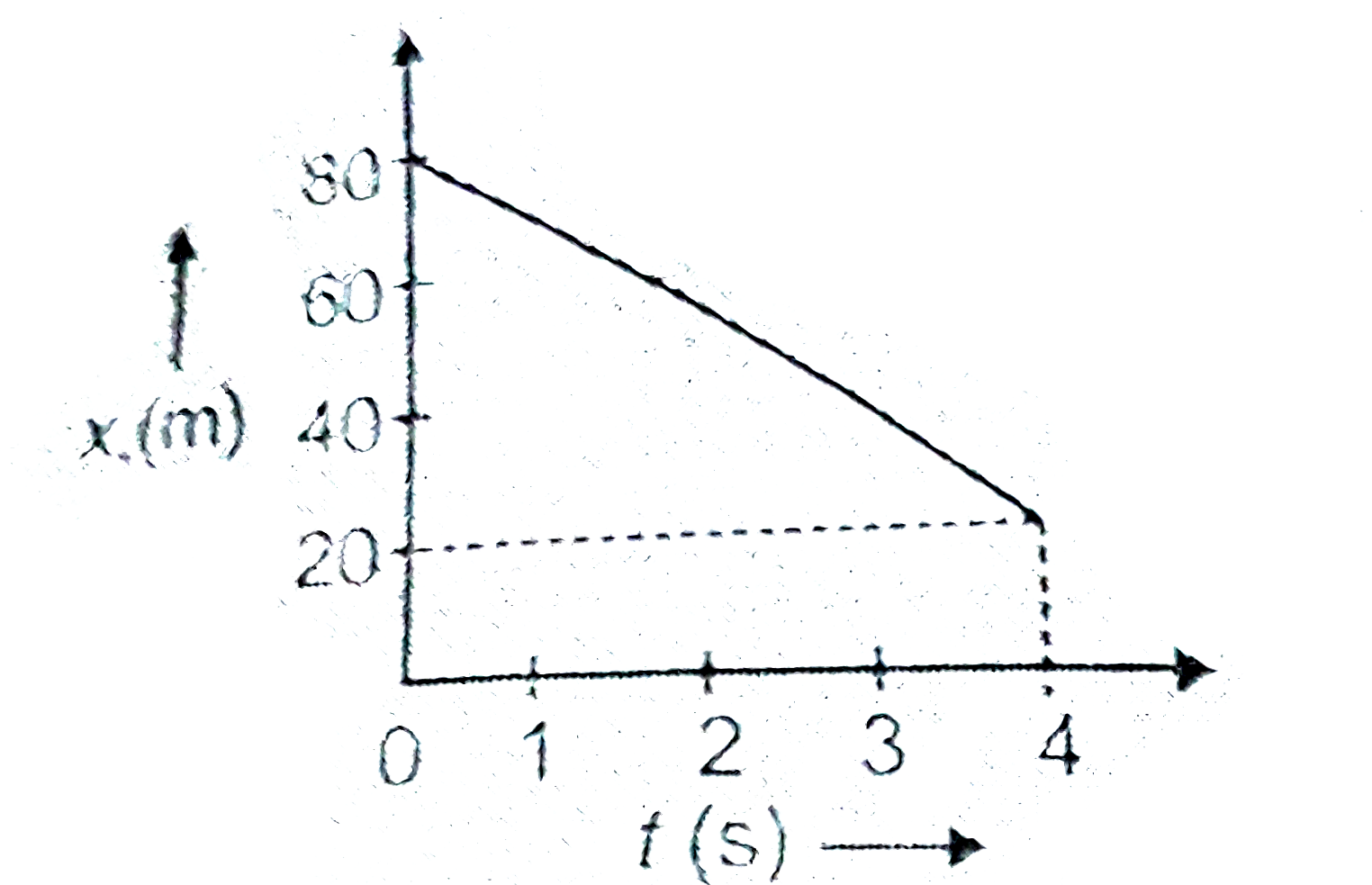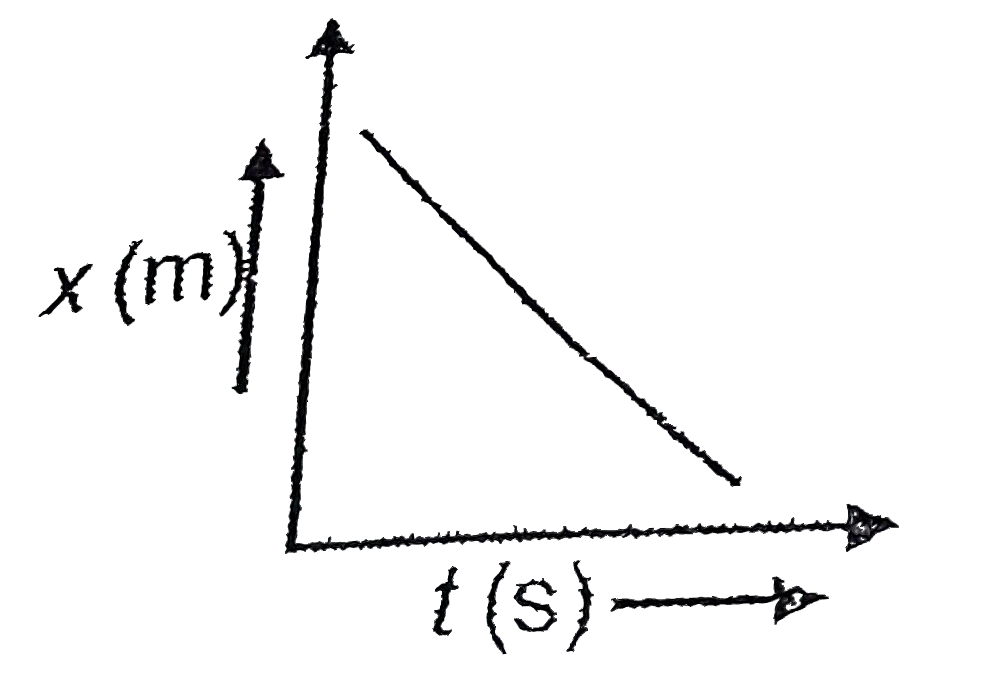A : Acceleration of an object in uniform motion is zero.
R : No force is required to move an object uniformly
If both Assertion & Reason are true and the reason is the correct explanation of the assertion
If both Assertion & Reason are true but the reason is not the correct explanation of the assertion
If Assertion is true statement but Reason is false
If both Assertion and Reason are false statements
To solve the question regarding the assertion and reason, we will analyze both statements step by step.
Step 1: Analyze the Assertion
Assertion (A): The acceleration of an object in uniform motion is zero.
- Explanation: Uniform motion refers to motion at a constant speed in a straight line. When an object is in uniform motion, it does not change its velocity. Since acceleration is defined as the rate of change of velocity, if the velocity remains constant, the acceleration must be zero. Therefore, the assertion is correct.
Step 2: Analyze the Reason
Reason (R): No force is required to move an object uniformly.
- Explanation: According to Newton's first law of motion, an object will remain in its state of rest or uniform motion unless acted upon by an external force. If an object is already in uniform motion (constant velocity), it does not require any net force to maintain that state. However, if there are forces acting on it (like friction), a force may need to be applied to counteract those forces to maintain uniform motion. Thus, while it is true that no net force is required to maintain uniform motion, it does not mean that no force can ever be required. Therefore, the reason is also correct, but it does not provide a correct explanation for the assertion.
Conclusion
Both the assertion and the reason are true, but the reason is not the correct explanation of the assertion.
Final Answer
- Both Assertion (A) and Reason (R) are true, but R is not the correct explanation of A.
---
Assertion (A): The acceleration of an object in uniform motion is zero.
Reason (R): No force is required to move an object uniformly.
Both the assertion and the reason are true, but the reason is not the correct explanation of the assertion.
- Both Assertion (A) and Reason (R) are true, but R is not the correct explanation of A.
Topper's Solved these Questions
- LAWS OF MOTIONBOOK - AAKASH INSTITUTE ENGLISHCHAPTER - LAWS OF MOTIONEXERCISE - Assignment (SECTION-C)
63 Videos
- KINETIC THEORYBOOK - AAKASH INSTITUTE ENGLISHCHAPTER - KINETIC THEORYEXERCISE - EXERCISE (ASSIGNMENT) SECTION - D Assertion - Reason Type Questions
10 Videos
- MAGNETISM AND MATTER BOOK - AAKASH INSTITUTE ENGLISHCHAPTER - MAGNETISM AND MATTER EXERCISE - ASSIGNMENT (SECTION D)
26 Videos
Similar Questions
Knowledge Check
Assertion : The average and instantaneous velocities have same value in a uniform motion.
Reason : In uniform motion, the velocity of an object increases uniformlyABoth assertion and reason are true and reason is the correct explanation of assertion.BBoth assertion and reason are true but reason is not the correct explanations of assertion.CAssertion is true but reason is false.DBoth assertion and reason is false
Force can move an object at rest.
View Solution(A) : The speed of particle remains constant in uniform circular motion
(R ) : No force is acting on the particle in uniform circular motion.
View SolutionThe position-time (x-t) graph of an object in uniform motion is shown below. Calculate the velocity with which the object is moving.

View SolutionA : The work done by friction on an object during pure rolling motion is zero.
R : In pure rolling motion, there is relative motion at the point of contact.
View SolutionThe position - time (x−t) graph of an object in uniform motion is shown below, the velocity of object is

View SolutionAssertion (A) : Work done in uniform circular motion is zero.
Reason (R) : Force is always directed along displacement .
View SolutionThe position-time (x-t) graph of an object in uniform motion is shown below, the velocity of object is
(i) Positive
(ii) Negative
(iii) Zero
(iv) None of these

View Solution
